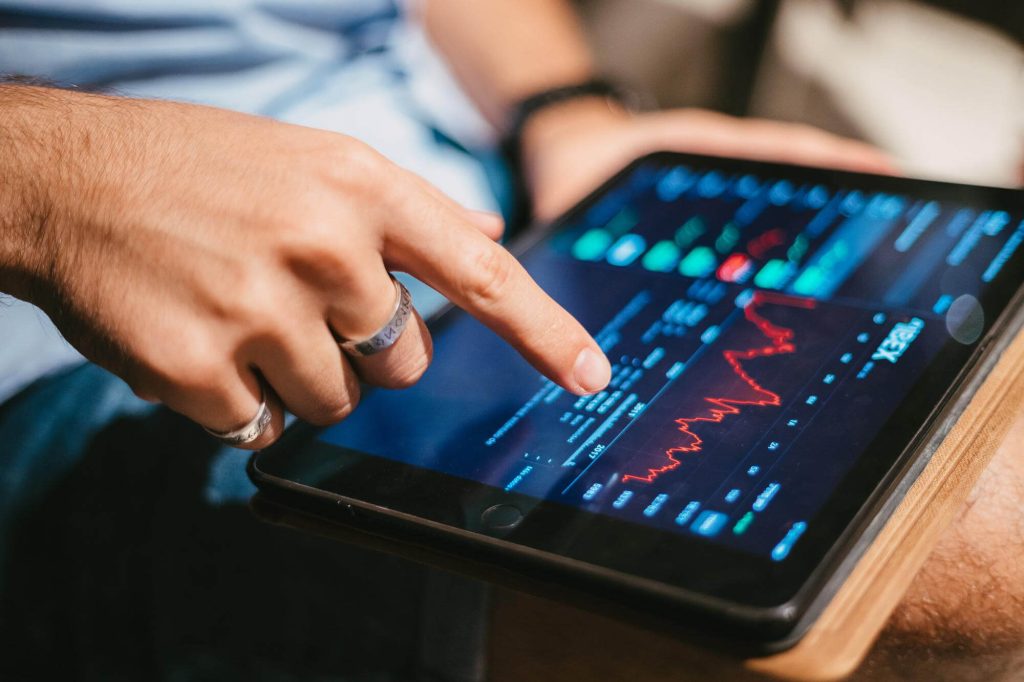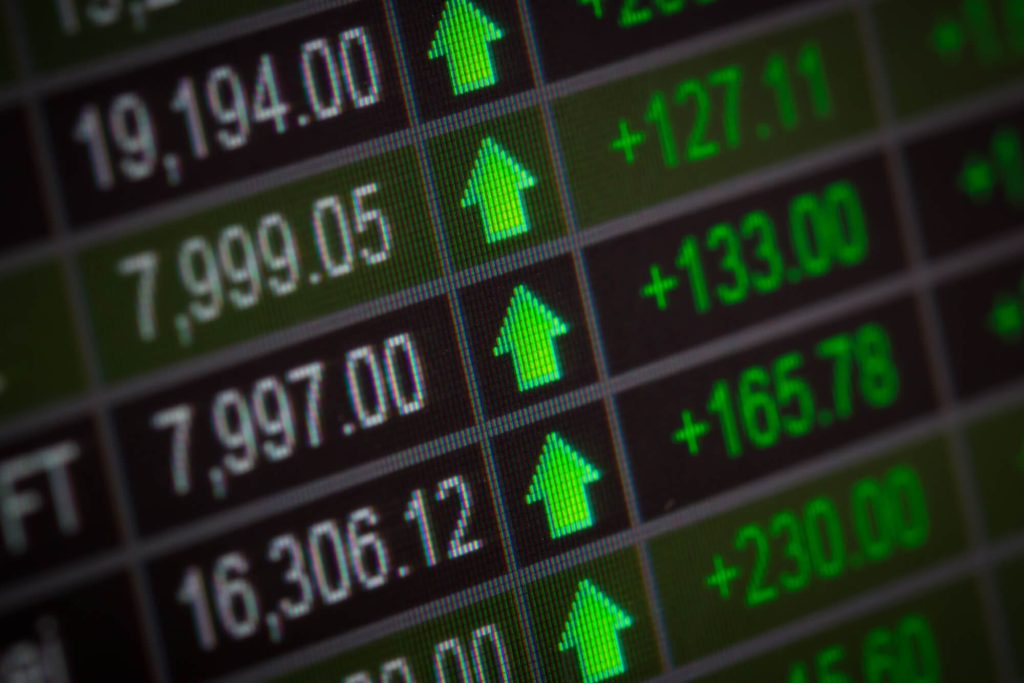The Future of Technical Analysis: Trends and Innovations to Watch
Technical analysis is a popular approach used in the financial market to predict the future movement of asset prices. It is based on the assumption that past price movements can provide clues about future price trends. While technical analysis has been around for decades, the advancements in technology and the increasing use of machine learning have brought about new trends and innovations in this field. In this article, we will explore the future of technical analysis and discuss some of the latest trends and innovations to watch out for.
Introduction
Technical analysis has been an essential tool for traders and investors for many years. It involves analyzing historical price and volume data to identify patterns and trends that can help predict future price movements. With the rise of technology, technical analysis has become more accessible to the general public, and many new tools and software have been developed to aid in this process.
The Evolution of Technical Analysis
Over the years, technical analysis has evolved, and new techniques and tools have been developed. Here are some of the key milestones in the evolution of technical analysis:
1. Japanese Candlesticks
In the 18th century, a Japanese rice trader named Munehisa Homma developed a charting technique known as Japanese candlesticks. This technique became popular among traders and investors because it provided a visual representation of price movements and helped identify price patterns.
2. Moving Averages
In the 1920s, a trader named Richard Wyckoff developed a technique called moving averages. This method involved calculating the average price of an asset over a certain period, which helped traders identify trends and potential reversal points.
3. Technical Indicators
In the 1950s, technical analysts began to develop technical indicators, which are mathematical calculations based on price and volume data. These indicators, such as the Relative Strength Index (RSI) and Moving Average Convergence Divergence (MACD), provide traders with additional information about the strength and momentum of a trend.
4. Computerization
With the advent of computers in the 1970s, technical analysis became more accessible to the general public. Trading software, such as MetaTrader and TradingView, allowed traders to analyze price data and execute trades more efficiently.
The Future of Technical Analysis
The future of technical analysis looks promising, with many new trends and innovations emerging in this field. Here are some of the latest trends and innovations to watch out for:
1. Artificial Intelligence and Machine Learning
Artificial intelligence and machine learning have revolutionized many industries, and the financial market is no exception. In technical analysis, AI and machine learning can be used to identify patterns and trends in price data that may not be apparent to the human eye. This can help traders make more accurate predictions about future price movements.
2. Big Data
The amount of data available in the financial market is growing at an exponential rate. Big data analysis can help traders make better decisions by identifying patterns and trends in vast amounts of data. With the help of big data analysis, technical analysts can identify opportunities and risks more quickly.
3. High-Frequency Trading
High-frequency trading (HFT) is a type of trading that uses advanced algorithms to analyze market data and execute trades at high speeds. HFT has become increasingly popular in recent years, and technical analysis plays a significant role in this type of trading. HFT traders use technical analysis to identify patterns and trends in market data and execute trades in a matter of microseconds.
4. Cloud Computing
Cloud computing has made it easier for traders and investors to access and analyze market data. Cloud-based trading platforms offer several benefits, such as faster data processing and lower costs. With the help of cloud computing, technical analysts can analyze large amounts of data and execute trades more efficiently, which can ultimately lead to better trading performance.
5. Mobile Trading
Mobile trading has become increasingly popular among traders and investors, and technical analysis plays a crucial role in this type of trading. Many trading platforms offer mobile applications that allow traders to access market data, analyze charts, and execute trades on the go. Technical analysis tools, such as moving averages and technical indicators, can be used on mobile devices to help traders make informed trading decisions.
6. Blockchain Technology
Blockchain technology has the potential to revolutionize the financial industry, and technical analysis is no exception. Blockchain technology can provide a secure and transparent way to record financial transactions and store market data. This can make technical analysis more reliable and accurate, as it eliminates the risk of data manipulation and fraud.
Conclusion
In conclusion, technical analysis is an essential tool for traders and investors in the financial market, and the future of this field looks promising. With the advancements in technology and the increasing use of machine learning and big data analysis, technical analysis is becoming more accurate and efficient. High-frequency trading, mobile trading, and blockchain technology are also expected to play a significant role in the future of technical analysis.
FAQs
- What is technical analysis?
Technical analysis is an approach used in the financial market to predict future price movements based on historical price and volume data.
- What are some key milestones in the evolution of technical analysis?
Some key milestones in the evolution of technical analysis include the development of Japanese candlesticks, moving averages, technical indicators, and computerization.
- How is artificial intelligence used in technical analysis?
Artificial intelligence is used in technical analysis to identify patterns and trends in price data that may not be apparent to the human eye, which can help traders make more accurate predictions.
- What is high-frequency trading?
High-frequency trading is a type of trading that uses advanced algorithms to analyze market data and execute trades at high speeds.
- How can blockchain technology impact technical analysis?
Blockchain technology can provide a secure and transparent way to record financial transactions and store market data, which can make technical analysis more reliable and accurate.




